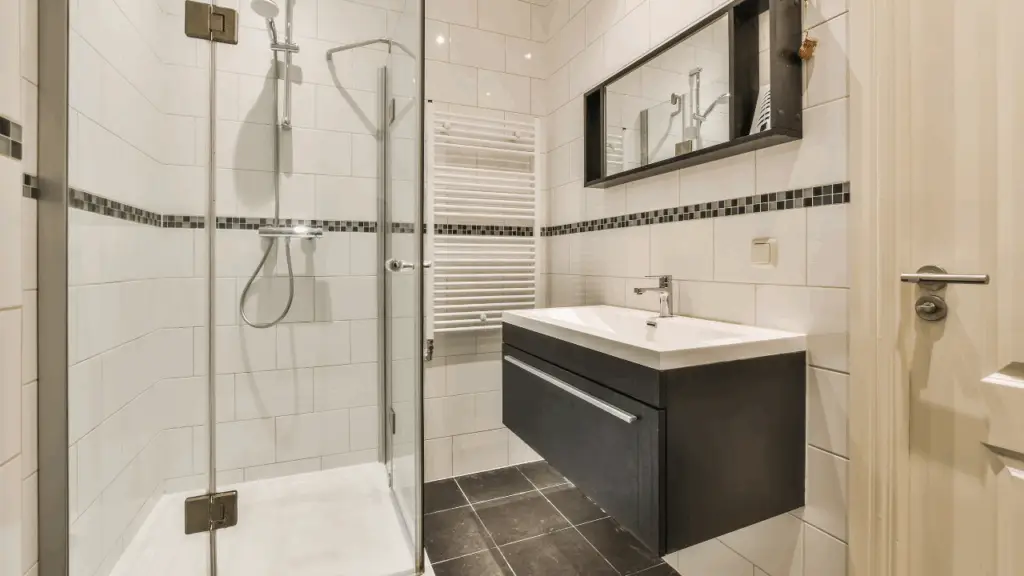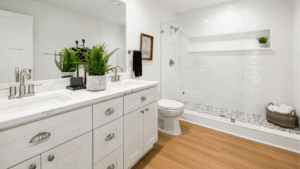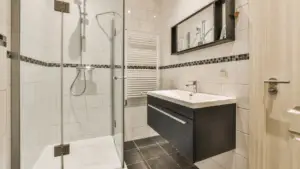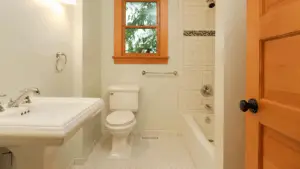Hey there! Planning a bathroom remodel can feel exciting—until the bill arrives and your jaw hits the floor. If you’re like most homeowners I’ve worked with over the years, you want a beautiful, functional bathroom without blowing your budget. In this guide, I’ll walk you through the 6 most common bathroom remodeling traps that secretly raise your bill and show you how to avoid them. Trust me, these tips could save you thousands.
I didn’t plan for hidden remodeling costs
You might think your bathroom looks fine under the surface—but once walls and floors come up, all bets are off.
Why do hidden costs pop up?
Old or damaged plumbing
Outdated electrical wiring
Structural issues behind walls or under floors
How to minimize surprises
Get a thorough pre-inspection before starting
Ask your contractor for an itemized quote that includes contingencies
I trusted the wrong bathroom remodeling contractor
Not all contractors have your best interests at heart. Some are just out to make a quick buck.
Spotting red flags
Vague estimates or no written contract
Pressure to pay large deposits upfront
Reviews that sound too perfect—or too scary
What to ask before hiring
Are you licensed and insured?
Can you provide at least 3 references?
What happens if we hit unexpected problems?
I made last-minute design changes
I know it’s tempting to tweak your design mid-project—but even small changes can snowball fast.
How changes increase cost
Delays in ordering and delivery
Labor schedule disruptions
Waste of previously purchased materials
Pro tip
Lock in your design before demolition starts and stick with it. If you must change, budget for time and material overages.
I chose high-end materials I didn’t need
Fancy tiles and fixtures are nice—but are they really worth doubling your budget?
What materials over-inflate your bill?
Imported or custom tiles
Designer faucets or vanities
Smart mirrors and high-tech gadgets
Budget-friendly alternatives
Mid-range, high-durability materials
Locally sourced tiles and fixtures
Prefabricated vanities with sleek finishes
I skipped permits and got fined
It might seem like a shortcut, but skipping permits can come back to haunt you.
Why permits matter
They ensure work meets safety codes
Required when selling your home
Protect you from fines and forced rework
What can happen without them
City inspections that stop your project
Delays in selling or refinancing your home
Costly tear-outs to meet compliance
I didn’t get a fixed-price contract
A handshake and a smile won’t protect your wallet when unexpected costs pop up.
Fixed vs time-and-material
Fixed-price means cost certainty—you know exactly what you’ll pay
Time-and-material means open-ended spending—watch your budget vanish fast
How to protect yourself
Insist on a fixed-price agreement
Include a clause for changes with written approval
Review the scope of work line-by-line
DIY vs. Professional Services
Sure, YouTube makes it look easy—but DIY can be a trap in disguise.
Pros of hiring a pro:
Code-compliant work
Faster turnaround
Better finish quality
Risks of DIY:
Water leaks from poor plumbing
Dangerous electrical mishaps
Redoing the job—twice the cost
Testimonials
“I made a bunch of design changes halfway through and my costs ballooned. I wish I’d had this guide sooner!” — Natalie J., Austin, TX
“Permits seemed like a hassle, but skipping them led to a fine. Now I know better!” — Marcus T., Miami, FL
“I hired a cheap contractor with no license. Big mistake. This article helped me ask the right questions the next time.” — Sarah K., Portland, OR
Did You Know?
Did you know that over 60% of bathroom remodels go over budget due to hidden issues and last-minute design changes?
TL;DR Summary
Budget for hidden costs like plumbing and electrical
Vet your contractor carefully—ask for proof and references
Lock in your design early to avoid costly changes
Choose durable, mid-range materials over luxury options
Always get permits and a fixed-price contract
DIY sounds fun but can cost more in the long run









